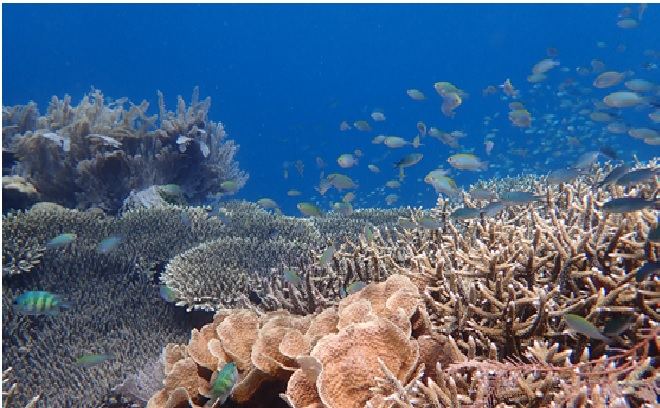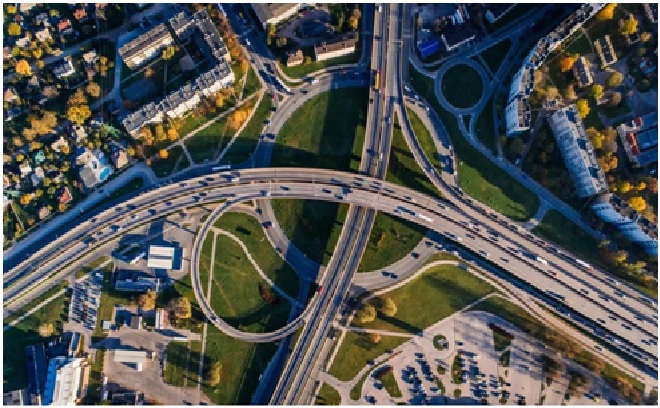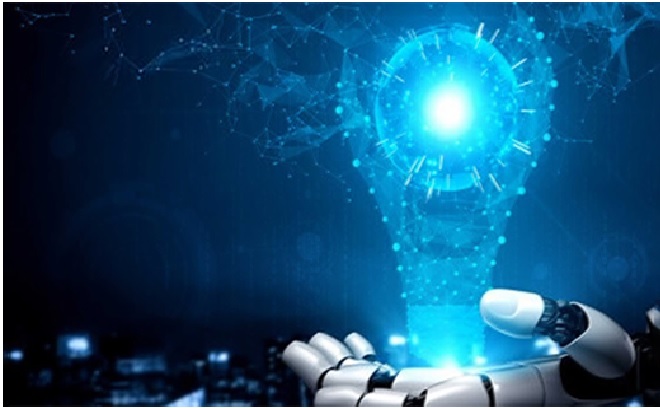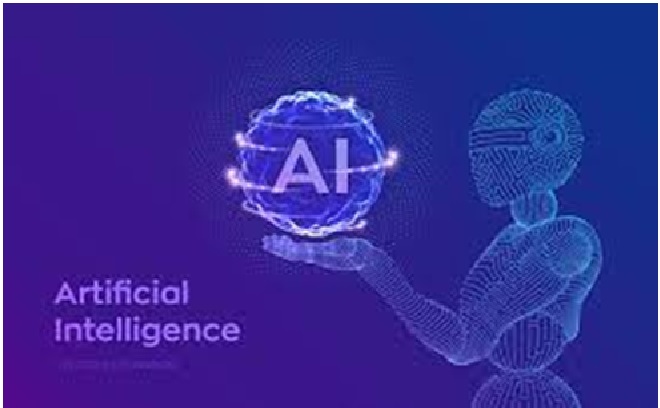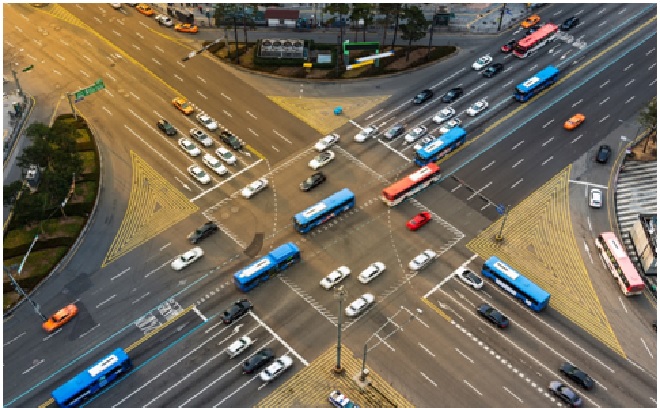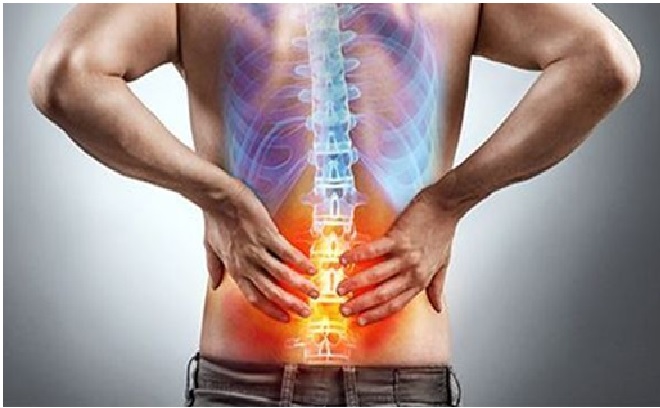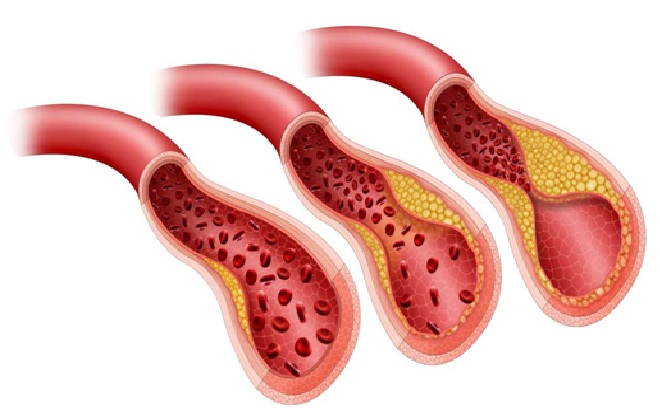Artificial Photosynthesis Comes Closer by Leiden University
Green plants can do: photosynthesis. Then we could satisfy our enormous energy needs with deep-green hydrogen and climate-neutral biodiesel. Scientists have been working on this for decades.
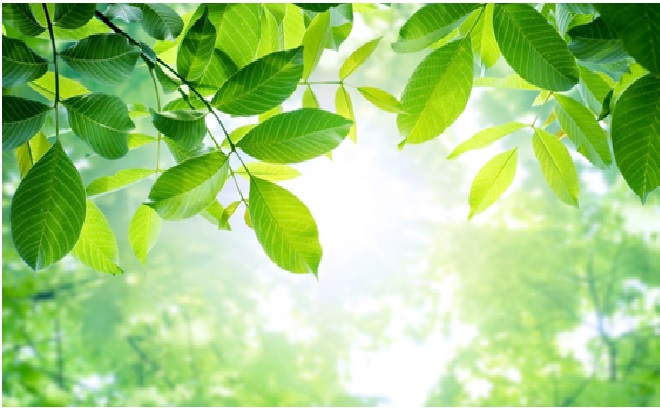
Figure 1: Green plants can do: photosynthesis.
Figure 1 shows that Chengyu Liu, one of the dedicated researchers working on artificial photosynthesis: ‘Now that this subject is such a hot topic worldwide, I think the first real application of this will be a fact within twenty years.
He continues: ‘After the introduction of a new technology like this, it always takes decades before it becomes common practice. It was the same after the invention of the steam engine in the nineteenth century. I suspect it will be another thirty to fifty years before it is used industrially on a large scale.’ [1]
The “green hydrogen” we currently produce only means that we get the energy to produce it from a windmill or solar panel, not from coal, gas or oil. In photosynthesis, this energy comes directly from the sun, without the need for a solar panel to supply power.
Liu understands this: “It would be great if we could use sea water, because there is not much of it. Then we would use a device that produces energy very cheaply with free sunlight, free sea water and free CO2.2. Fossil energy would be too expensive compared to it.”
Artificial photosynthesis, like the natural version in green plants, consists of two parts. One of them is the splitting of water into hydrogen and oxygen. The other is the reduction of carbon dioxide into energy-rich hydrocarbons. The goal is to achieve these two parts in one system that, on the one hand, reduces CO emissions.2 air content, and on the other hand produces fuel and oxygen. [2]
Finding the ideal catalyst is one of the greatest challenges in the research field, says Liu. "One of the best moments in my research was when I found a new strategy to design a catalyst for hydrogen production, right in a pH neutral environment."
Liu's research provided new design rules and ideas on how to achieve efficient artificial photosynthesis. "The results provide fundamental understanding as well as a practical strategy for finding new catalysts for water oxidation. I hope to continue my research. Eventually, I would like to be one of the researchers who achieve a complete system of artificial photosynthesis."
Promoter Bonnet does see Liu being there when researchers make a complete system of artificial photosynthesis realistic.
References:
- https://indiaeducationdiary.in/leiden-university-breakthrough-artificial-photosynthesis-comes-closer/
- https://timetotimes.com/breakthrough-artificial-photosynthesis-comes-closer-2/
- https://phys.org/news/2022-06-breakthrough-artificial-photosynthesis-closer.html
Cite this article:
Sri Vasagi K (2022), Artificial Photosynthesis Comes Closer by Leiden University, AnaTechMaz, pp.110




